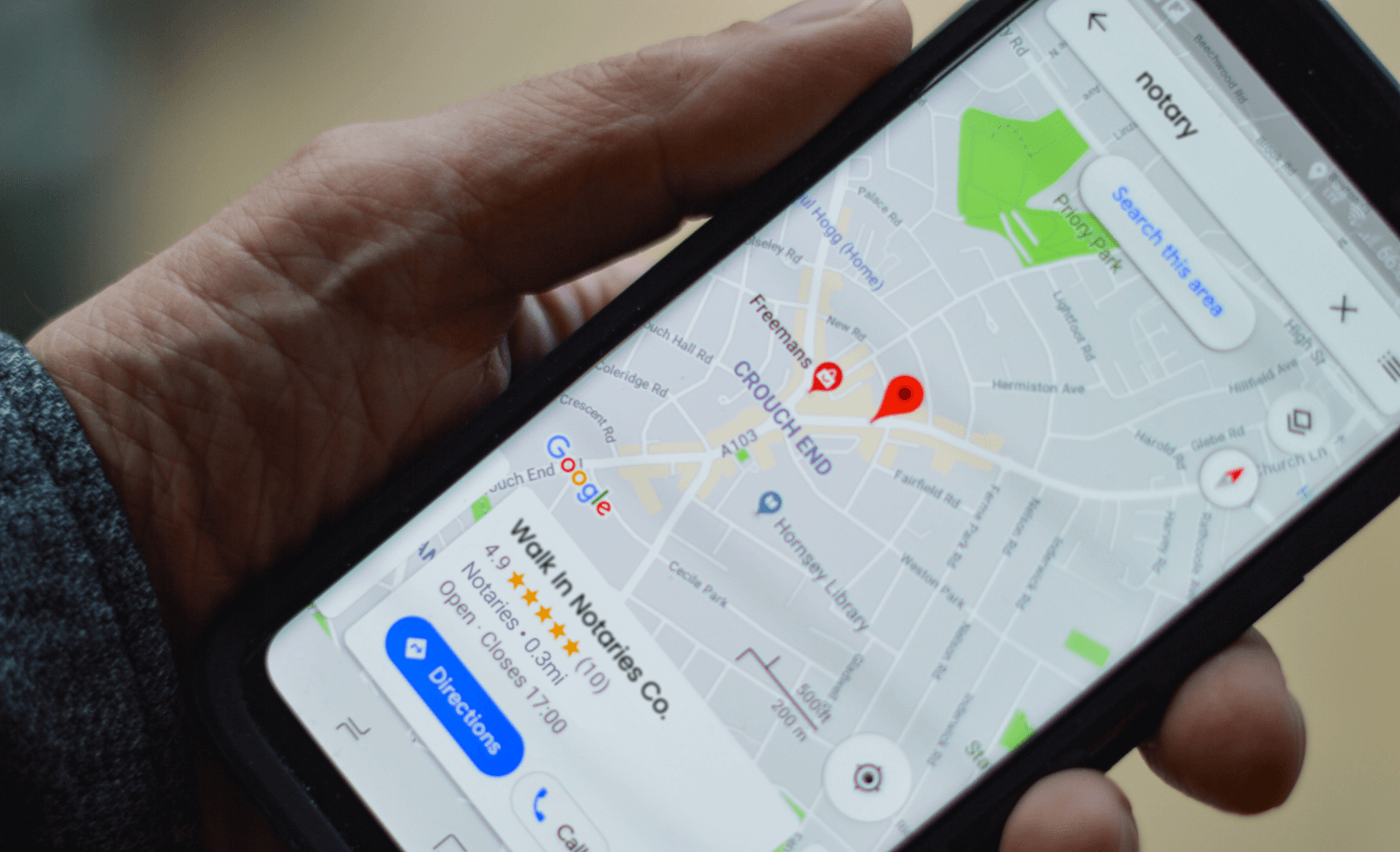What is a Remote Notary?

When creativity and technology combine, the partnership can produce remarkable innovation. An online hosted platform allows a commissioned remote notary to authenticate documents with no hardware or software investment.
Digital tools enable remote notarization with safe connectivity and interactions with clients over the internet without meeting in person. A concept whose significance meets the moment, remote notarial services provide convenience, efficiency, and financial benefits.
Understanding the Purpose of Remote Online Notary Services
A primary obligation of every notary requires the personal observation of someone who signs a document. With computer technology, safeguards ensure any signer’s identity, and the duty to watch a signing occurs with digital tools on the internet. Audio-visual technology allows the confirmation of the authenticity of transactions.
The need for remote online notarizations (RON) occurred as a response to COVID-19, but its practicality ensures its increasing use. Initially, the fear of catching the disease led people to avoid meetings, and the custom gathered adherents who found other advantages. Aside from preventing health risks, notaries see an increase in work productivity as well.
Efficiency
Without time-consuming travel that involves traffic congestion and fuel purchases, efficiency can increase. Also, the absence of a need to print documents for signatures contributes to the beneficial aspects of RON.
Financial Impact
An increase that can occur from avoiding the drive to appointments allows notaries to accept more assignments, often doubling the number of completions in a day. Some notaries report completing a RON assignment in 15 minutes instead of the two hours that travel and conducting appointments required before RON.
Learning How RON Works
The simplicity of meeting by video on the internet makes remote online notarization appeal to clients and notaries. Far different from traditional or electronic signings, RON allows both parties to use a third-party computer technology platform to initiate and complete the process. Banks, individuals, businesses, and law firms as clients can contact a notary over a secured, live video chat.
Verifying Identification
RON ensures the verification of identity that notaries consider a fundamental component of the process. However, it does not require a signer to meet a notary in person. A three-step identification procedure begins with a signer presenting an ID document on camera that a notary can read. Some states require government-issued identification.

The second step allows the technology to photograph the document for analysis by sophisticated algorithms that check it for security and accuracy. The system accepts the ID if it complies with standards that may vary from state to state. As the last of three steps, knowledge-based authentication requires a signer to provide the correct answer to some computer-generated inquiries.
The test uses random questions based on credit history, financial information, and personal data that a qualified signer can easily answer. Some may ask a signer to choose the correct address from a list or to identify the proper spelling of a name. State guidelines provide the limit for missing the answers and permission to retake the test before a notary can refuse to perform a RON. With verification complete, the parties proceed with digital signatures and certificates.
Preventing Tampering
Notaries use a digital certificate for identity and to seal a document. Entirely different from traditional or electronic seals, it creates a “tamper-evident” document. As soon as the seal goes onto it, any attempt to change anything fails. Making attempts to tamper with a legal document visible to anyone who opens it later presents safeguards and protects the integrity, ensuring no changes after notarization occurred.
Securing Records
Some states require notaries to maintain two types of audit trail and record keeping. The historical information may appear in an electronic journal and an audio-visual recording. Clients can look to trusted RON vendors for detailed information.
What is the Difference between E-notary and Remote Notary
While the names seem pretty similar, significant differences make them not the same. Both provide the essential service that the public expects for the notarizing process, but each takes a vastly different path to accomplish the task.
Electronic Notarization Characteristics
The traditional format for notarizations enhanced by electronic technology has widespread acceptance.
- At the outset, a significant difference becomes apparent. People meeting face-to-face in the same room distinguishes the process from the remote format.
- Each signer must present a photo ID that a notary must accept, hold and inspect to verify identity.
- A notary must place into the electronic journal the information for each signer.
Remote Notarizing Characteristics
While offering many advantages over traditional signings, the remote process does not have acceptance by all states. Where laws prevent it, signing cannot constitute a legal notarial process.
- Remote sessions require participants to interact via webcam.
- A session may proceed under certain conditions even if the notary does not know the signer personally. A variety of computer-generated questions help establish the identity of a signer.
- When verification methods fail, the notarial act may not continue.
Getting Acquainted with the Role of Remote Notary
While working from home or an office, a remote notary performs traditional duties in an untraditional way. The incorporation of computer technology allows the completion of tasks that may seem familiar to everyone. The role of a RON requires the performance of duties in compliance with the standards of the profession in each state while doing so via the internet and audio-visual communication. Visually observing the signing of documents remains paramount in the remote environment as it does in traditional settings. Witnessing and authenticating the execution of deeds, estates, attorney powers, and other functions makes the role essential and vital.
Reviewing the Remote Notarization Process

A unique feature of notarization by remote communication prevents contact with others during the pandemic. A signer appears before a notary through audio-visual technology that relies on internet connectivity. The procedure has a widespread acceptance that extends beyond preventing health risks. Notaries can increase productivity and accept more appointments than the traditional on-site meeting procedure allows. Through webcam technology, the notarization process can proceed with security, accuracy, and efficiency to meet the demand.
Following the Procedures for Using RON
States that approve remote online notarization can offer great convenience to signers and notaries. However, not all states allow it. Further, states have different approaches that require compliance by users. Even so, the general steps to completing a typical signing process have similarities that apply to everyone.
The process begins by contacting a RON service provider to schedule a remote online notarization. The following steps produce an efficient, secure, and convenient signing with a professional notary.
- In a meeting where a signer sits at a computer in a nearby location and faces a notary on a computer at a remote location, the signing documents upload with RON technology.
- The signer establishes identity by complying with the notary’s commissioning state guidelines.
- A signer communicates with the notary with audio-visual technology such as a webcam.
Both the signer and notary must sign the document, and the notary attaches a seal.
Records of the transaction appear in the notary’s journal records, and it must include an audio-visual copy of the proceedings. - Signer receives the return of the remotely notarized document.
Adopting New Technology
Almost no one expects favorable outcomes from tragic circumstances, but COVID-19 created a rare reversal of established tradition. Clients include representatives of businesses, banks, law firms, and individuals. The benefits of convenience and efficiency that they share result from remote online notarization. Health concerns about avoiding meetings or in-person contact produce an alternative that may exist long after the pandemic. Secure communication with a notary with state-of-the-art identity verification makes RON worth choosing by clients and notaries.




